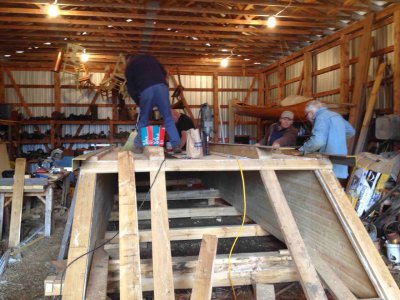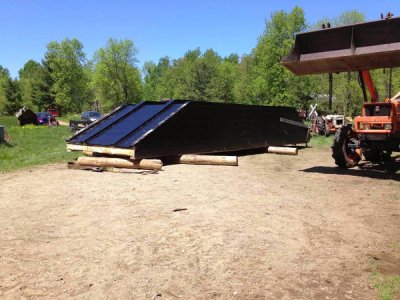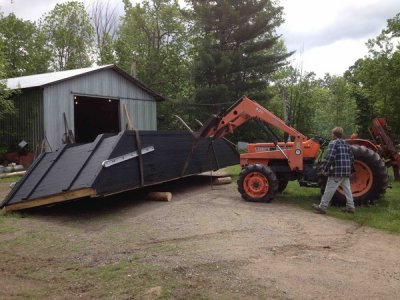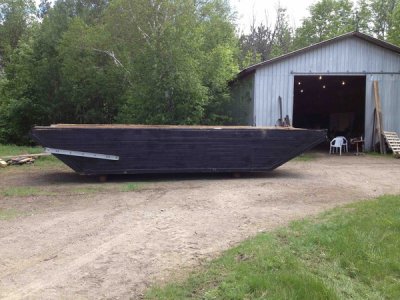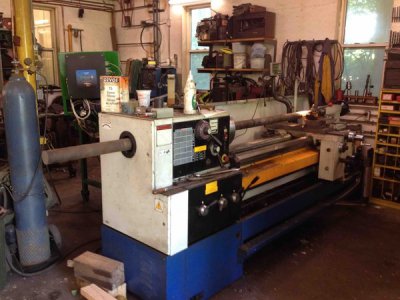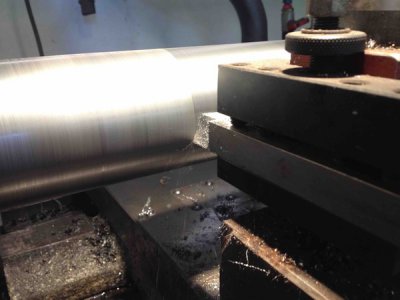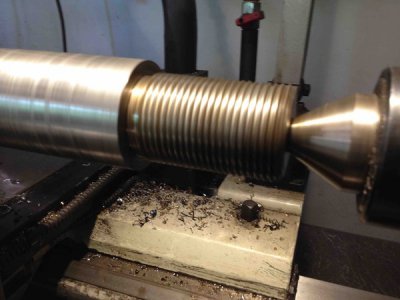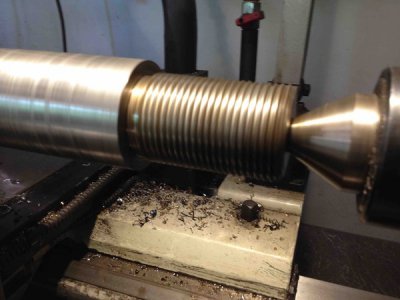- Joined
- Sep 24, 2010
- Messages
- 3,096
Yup my dad is 90 and he still got with it up till last year. His age finally caught up with him and slowed him way down, I took my son to see his Pop Pop and we all had a great visit at the retirement condo's, Tom and I were probably the youngest visitors in a while. All the oldsters sitting in front of the building in their power scooter at the allowed distance away from the door to smoke. I said they were all definitely old men and women so let them smoke if they want to. It was kind of eerie watching all of them sitting out there like a bunch of vulture's on a phone line. And the boat is coming together pretty darn quick it wont be long before you start fitting the engine and boats internals. I love watching how fast it is coming together by a crew of guys who have never probably worked together as a team. So the speed of the progress is amazing really.
Bob
Bob

